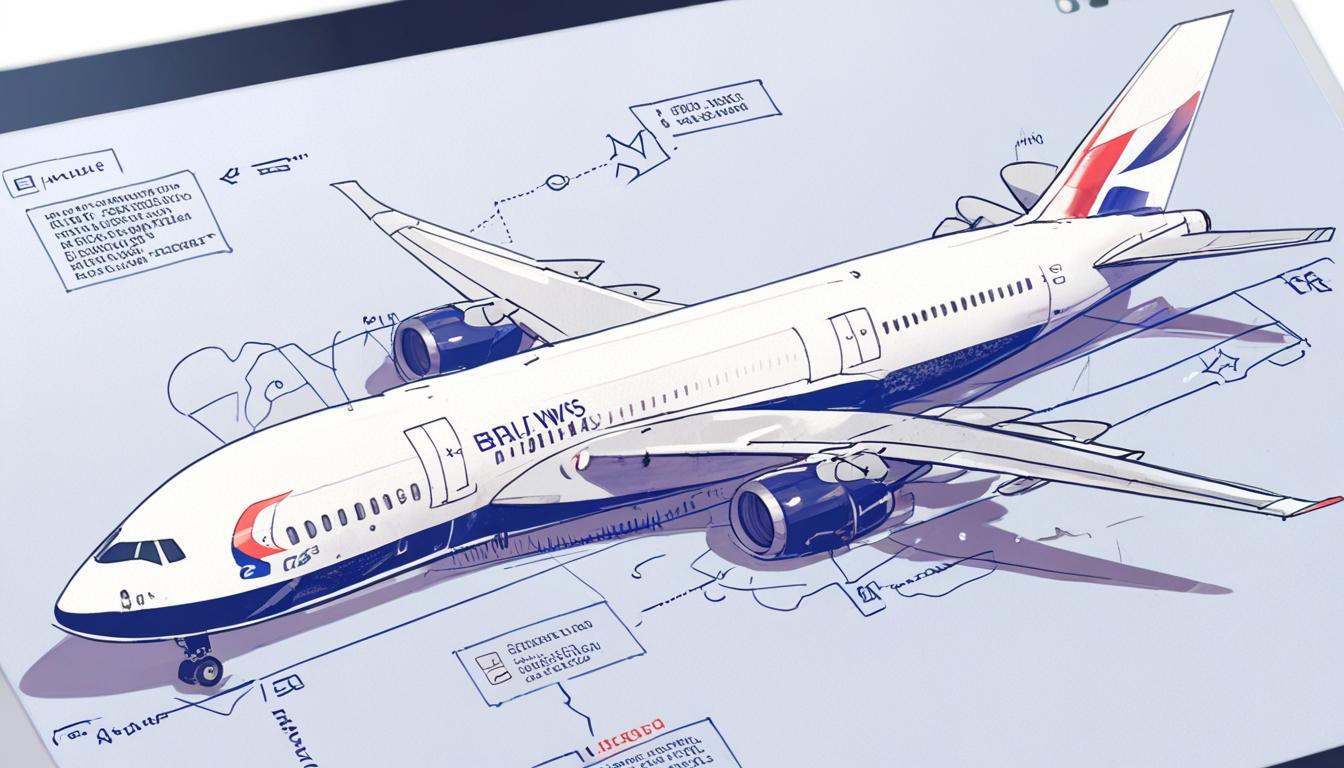The chief executive of British Airways has signalled a significant turnaround in the airline’s operations, attributing improvements in performance to innovative artificial intelligence (AI) technologies. Sean Doyle described the impact of these advancements as “game-changing,” particularly as the airline grapples with its long-standing reputation for operational difficulties following the disruptions of the pandemic. In the first quarter of 2025, a remarkable 86 per cent of British Airways flights from Heathrow airport were reported to have departed on time, marking the airline's best-ever performance in this regard.
This substantial progress comes in the wake of a £100 million investment aimed at bolstering operational resilience, which included hiring an additional 600 staff members specifically to manage challenges at Heathrow. Doyle emphasized the focus on improving controllable factors, stating, “The tech colleagues have at their fingertips has been a real game-changer for performance.” The investments made have encompassed not only personnel but also critical updates to IT systems, which have historically plagued the airline with issues, including notable failures in 2017, 2019, and 2022.
The AI-driven tools being employed by British Airways enable a more strategic approach to managing flight disruptions. For instance, these systems can assess whether a flight should be delayed or cancelled, optimising the experience for those affected. Other innovations include programmes that proactively reroute aircraft to steer clear of poor weather conditions and systems that strategically position planes based on passengers’ onward travel plans. This efficiency, however, comes against the backdrop of a complex operational structure and the inherent challenges of operating out of one of the world's busiest airports.
Despite these advancements, industry experts caution that the airline's true test lies ahead with the impending summer peak season, notorious for heightened travel demand. Aviation consultant John Strickland noted, “They had to turn it around. We know all airlines coming out of Covid had a hard time, but BA was really struggling.” The airline continues to contend with external factors that have influenced flight schedules, including broader issues within air traffic control and procurement challenges related to engines and spare parts from suppliers like Rolls-Royce.
British Airways’ parent company, International Airlines Group (IAG), has committed a staggering £7 billion to further modernise the airline. This sizeable investment is seen as an acknowledgment of the airline’s recent underperformance and its quest to elevate its standing within the aviation market. IAG’s chief executive, Luis Gallego, previously stated that British Airways “can do... much better,” reinforcing the notion that enhancing operational reliability and customer experience is paramount.
Part of this transformational effort involves migrating 700 of the airline's IT systems to cloud infrastructure, a project projected to span the next two years. Of the £7 billion investment, £750 million will be specifically directed towards updating IT capabilities, a move that aims to mitigate past issues of system outages and inefficiencies.
In recent years, British Airways has also been proactive in adopting next-generation technologies. As early as November 2019, the airline introduced an AI system designed to closely monitor turnaround processes, which has since become an integral part of its operational strategy. This initiative has underscored British Airways' ongoing commitment to leveraging technology in pursuit of enhanced punctuality and customer satisfaction.
While the achievements of British Airways in recent months are commendable, the path forward remains fraught with challenges. With the cumulative impact of the pandemic still resonating across the industry, and a peak travel season that has often overwhelmed even the most prepared airlines, British Airways will need to continue adapting and innovating to maintain its gains and fulfill stakeholders’ expectations. The airline’s investment in technology not only aims to rectify past grievances but also aspires to redefine the customer experience, thereby ensuring its competitive edge in a rapidly evolving market.
Reference Map
- Paragraph 1: [1], [2]
- Paragraph 2: [1], [2], [4]
- Paragraph 3: [1], [5]
- Paragraph 4: [2]
- Paragraph 5: [1], [3], [6]
- Paragraph 6: [1], [5]
- Paragraph 7: [7]
- Paragraph 8: [3]
- Paragraph 9: [4], [5]
Source: Noah Wire Services
